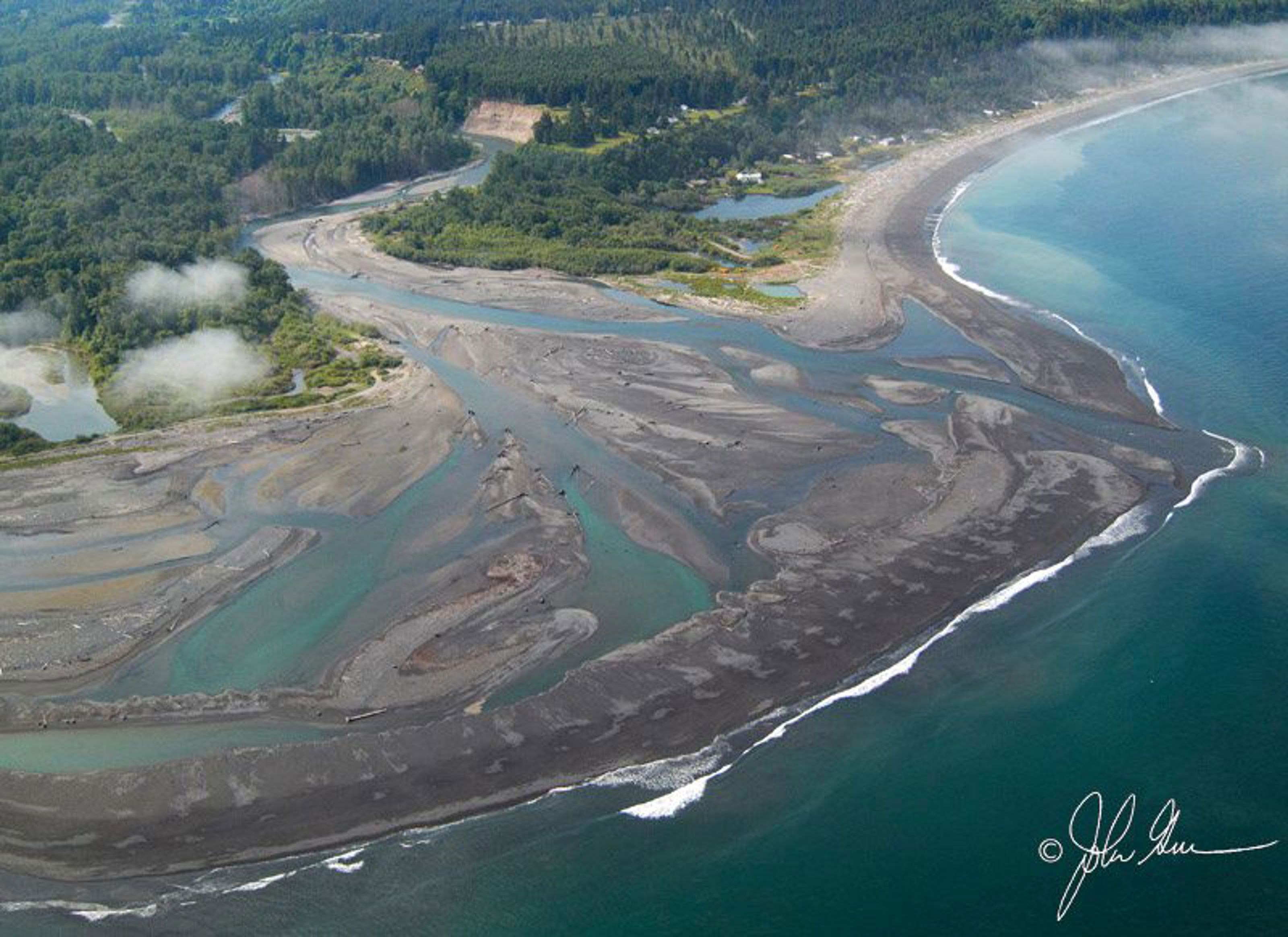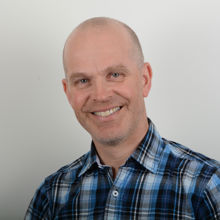WP3 Coastal hydrodynamic processes
Storms and storm surges may lead to different cascading hazards and impacts in coastal areas. Major storm surge hazards are strong winds, waves and currents, high water levels and inundation due to the surge.

Storm surges often occur in combination with intense rainfall and other hazards such as flash floods or river flooding. Due to climate change with global warming and sea level rise, the frequency and intensity of storm surges potentially leading to significant damages are expected to increase. The impacts of storm surges are many and include destruction of buildings and infrastructure, threat to the coastal population, inundation, erosion and sedimentation in the coastal zone, salt water intrusion, rising of ground water levels as well as pollution (advection and diffusion of environmental pollutants).
At present, NGI is building up competence in modelling storm surges, using the Delft3D model package (see below). This model includes several features relevant for modelling storm surge events and may be applied to other processes in WP 3.
In this work package, sedimentation and erosion in coastal areas will be investigated. Recurring storm surges are one cause for erosion and sedimentation processes at the coast, other causes for sedimentation and erosion may be:
- Wind-generated Waves
- Wave impact
- Tidal currents
- Tsunamis
- Processes at river outlets, tidal inlets, etc.
- Sea level rise
- Land reclamation
- Construction of harbours, industrial sites, coastal protection measures
- Navigation channels, ships in harbours, currents from ships/propellers.
The aim is to analyse morphological changes by modelling hydrodynamics and sediment transport patterns, which are mainly influenced by waves, tides and sediment characteristics.
Sedimentation and erosion may lead to unwanted changes of the seabed etc., but may also be crucial for transportation of polluted sediments. The sedimentation and erosion will be investigated for events of short duration (e.g. tsunami and storm surges) as well as long-term effects due to repeated events (e.g. tidal currents, wave erosion, currents from river outlets, and man-made currents as from propellers and sea level rise).
Work in 2017:
- Establish an operational model for storm surge erosion and sedimentation transport at NGI (Delft3D). Investigate which processes, in addition to storm surge, Delft3D can be applied to. Establish which limitations the software has in relation to, and how to run the model for these processes. Increase the number of persons mastering the Delft3D software and improve the current use of Delft3D for storm surge, sedimentation and erosion.
- Investigation of erosion caused by ship currents (propellers) on capping material for polluted sediments. An important activity will be to harmonize an already existing in-house model with scour calculation methods from MERRIC and elsewhere. The activity will be linked to the GBV 2017 project "Erosjons-beskyttelse av tildekking av forurensede sedimenter". The latter also represents a potential candidate for case studies later in the project.
The outcome of this work package will be to provide recommendations for which models to be applied for different types of problems, such as sedimentation and erosion from tsunamis and storm surge. In addition, the work will increase the general level of the competence on the topic of both physical understanding as well as the modelling of such processes.
Potential contents for WP3 in 2018 and 2019
- Erosion and sediment transport due to tsunamis
- River outlet interaction with waves and storm surge
- Protection measures
- Case studies
- Implement erosion model(s) from WP1 for both storm surge/wind-waves and tsunami
Top Picture: http://oursalishsea.tumblr.com/

Sylfest Glimsdal
Senior Specialist Climate Adaptation and Hydrodynamics sylfest.glimsdal@ngi.no+47 909 72 669